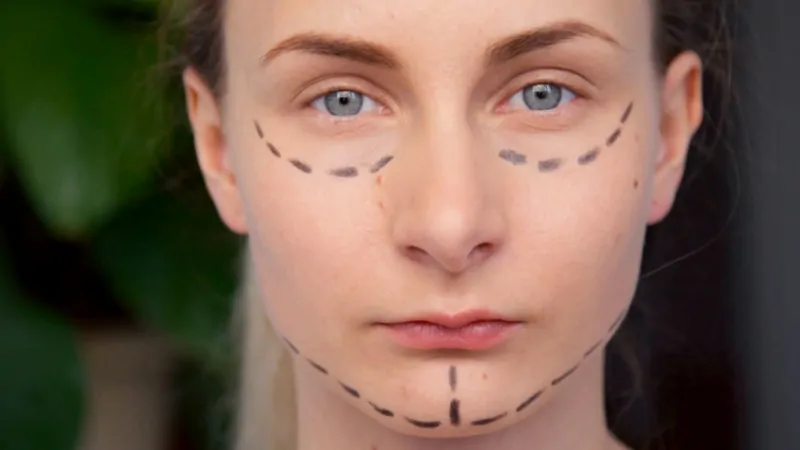Idaho’s population has now reached approximately 2,001,619 people, marking a shift in growth trends according to Idaho Capital Sun.
Although the growth rate has slowed, Idaho remains one of the fastest-growing states, according to recent U.S. Census Bureau estimates, shared by the Idaho Department of Labor.
Most of the growth comes from people moving into the state from elsewhere.
From 2023 to 2024, Idaho’s population increased by 1.5% — about 30,500 people — earning the state the 7th highest population growth rate.
Slower Growth Attributed to Economic Concerns
In 2024 Idaho’s population grew to over 2 million https://t.co/xA9D7MUIMK
— KTVB.COM (@KTVB) December 24, 2024
Since 2020, Idaho’s population has risen by 8.2%, adding around 152,000 people. However, the pace has decelerated compared to recent years following the trends across entire US population.
Nationally, the U.S. grew by 1% — roughly 3.3 million people — from 2023 to 2024, a slower rate than Idaho’s.
Economist Jan Roeser from the Idaho Department of Labor attributes part of the slowdown to economic uncertainty. Concerns about inflation, housing costs, and the overall cost of living may deter people from relocating or switching jobs as readily, she said.
“There’s still job availability,” Roeser explained, “but new job postings have decreased.”
Idaho, now home to just over 2 million residents, remains the 38th most populous state, a ranking unchanged since at least 2020.
New Residents Largely from Other States
Data show that most of Idaho’s population growth comes from domestic migration.
From 2023 to 2024, Idaho’s natural population growth — the surplus of births (22,830) over deaths (16,635) — accounted for only about 6,200 people. This natural growth represents just 20% of the year’s total population increase.
The remaining 24,300 new Idaho residents migrated to the state, primarily from other parts of the U.S.
Since 2020, 74.1% of Idaho’s growth has resulted from domestic migration, while natural growth accounted for 13.4%, and international migration contributed 13.6%.
This trend mirrors broader national patterns. More than half (53.1%) of U.S. states’ population growth last year stemmed from domestic migration, census data show.
“The fertility rate has declined,” Roeser noted, adding that economic and generational factors contribute.
Still, Idaho’s young population sets it apart. Children represent 23.4% of the state’s population, giving Idaho the 7th highest child population rate in the U.S. According to estimates, the state also has the 8th youngest median age, at 37.8 years.
Related Posts:
- Idaho Population Growth in 2025 - Everything You…
- New Evidence Revises Civil War Death Toll According…
- World Population Grows by Over 71 Million in 2024,…
- New York’s Population Could Drop by Almost 3 Million by 2050
- Microsoft’s $96.5 Million CEO Payday After 15,000…
- The Quality of Healthcare in The US Has Hit a…








